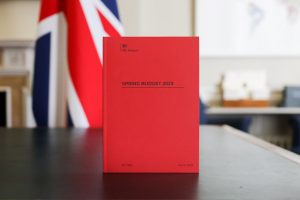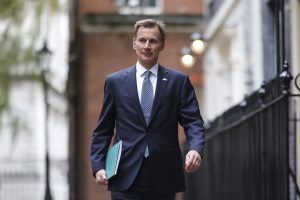Inflation ticks up again as Consumer Price Index rises to 5.5% in January

The rate of Consumer Price Index inflation has increased as the cost of living continues to have an impact.
Inflation increased to 5.5% in January, its highest rate since March 1992, from 5.4% in December, the Office for National Statistics has said.
The consumer price index (CPI) measure of inflation was in line with economists expectations – as clothing, housing, and furniture prices surged pushing the CPI rate of inflation higher.
The CPI measure of inflation is the rate at which the prices of goods and services bought rise or fall.
Grant Fitzner, chief economist at the Office for National Statistics (ONS), said: “Inflation ticked up again in January, reaching a near 30-year high.
“Clothing and footwear pushed inflation up this month and although there were still the traditional price drops, it was the smallest January fall since 1990, with fewer sales than last year. “The rising costs of some household goods and increases in rents also pushed up inflation.
“However, these were partially offset by lower prices at the pump, following record highs at the end of 2021.
“Some annual changes this year are affected by last year’s lockdown, when many services were unavailable.”
The Bank of England expects inflation to peak at about 7% in April, when Ofgem will increase its default energy tariff price cap.
Laith Khalaf, head of investment analysis at AJ Bell said: “Inflation is building and is now expected to reach a crescendo of over 7% in April, heaping pressure on consumers, businesses and savers.
“The elevated figures we are seeing today are effectively sunk costs, reflecting prices rises which have already happened, but what’s just as concerning is there’s more inflationary pressure to come.
“The Bank of England expects inflation of over 5% in the next year, and on top of the 5.5% we’ve just witnessed, that adds up to a double digit hit to consumer purses in just two years.
“Despite inflation dominating the market narrative over the last six months, it’s not hugely apparent in market pricing.
“There has been a sell-off in the bond market, but at a yield of 1.6%, the benchmark ten-year gilt isn’t squealing that inflation is a sustained problem.
“Likewise, there has been a rotation away from some of the higher valued areas of the market, but hardly the bloodbath one might have anticipated if inflationary concerns had really bedded in for the long term.”









